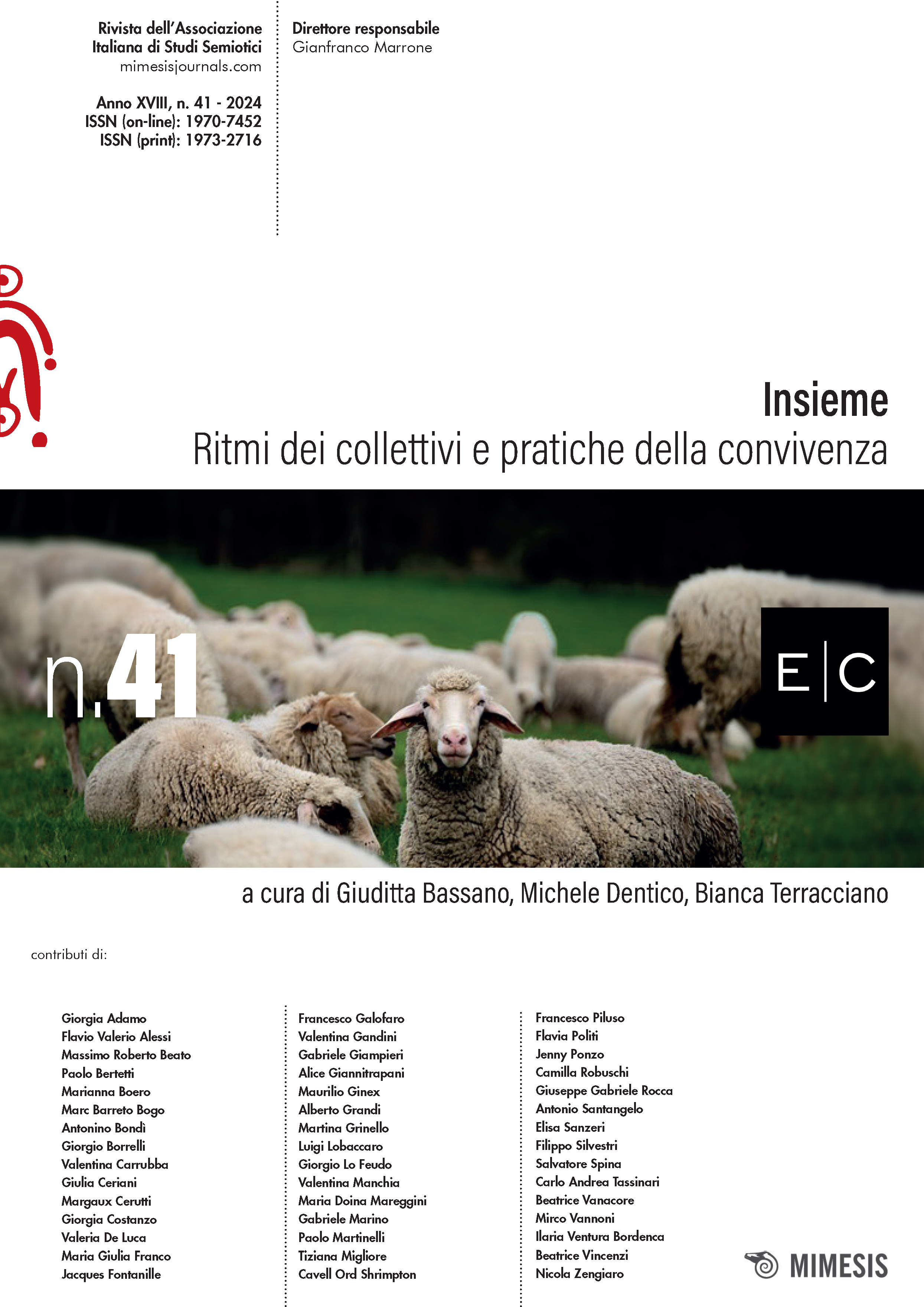Semantic Variations and Communicative Ambiguities During the COVID-19 Pandemic. An Empirical Investigation
Abstract
Semiotics and other sciences related to communication are called into question by the Covid-19 pandemic to understand and interpret the individual and collective changes brought about by it in the aforementioned areas. The pandemic has made some social relationships problematic, underlining, if not distorting, their characteristics and conformations. This work of repair and recovery cannot fail to start from language which, as we well know, can outline interpretative contexts capable of cognitively and operationally orienting individuals. In fact, there are some terms that have accompanied the narrative of the pandemic and which have undergone a clear semantic repositioning. Just think of the word “war” and the expression “social distancing”. But that is not all. Alongside the terminological issue, on which we will focus much of our reflection, there is also another consideration to make: the attenuation if not the loss, for reasons due to the fear of contagion, of the local dimension, of proximity and its practices of face-to-face interaction to which, as we well know, has been added a strong increase in remote communication. The forced isolation that we all experienced in 2020, combined with the explosion of online work, has attenuated if not eliminated communication methods based on proxemics and kinesics from our daily habits. This article intends to take stock of the aforementioned semantic variations and the risk of dialogic impoverishment that the loss of physical contact can cause in interpersonal communication.



